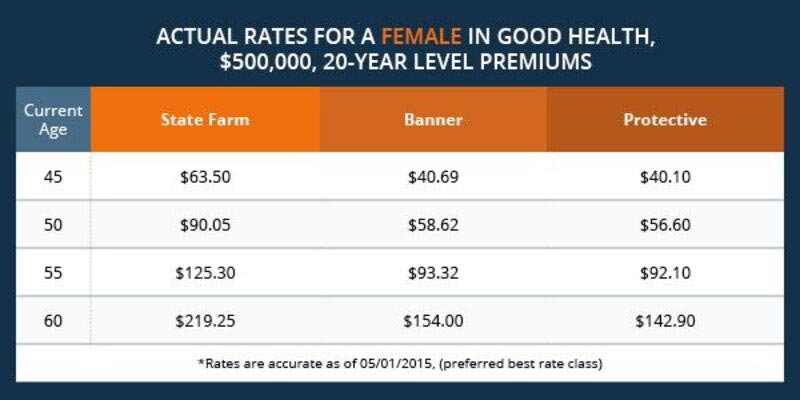The profit margin is one of the several profitability ratios utilized to determine the extent to which a firm or an activity in the business world generates revenue. It indicates what proportion of total revenue has been converted into net income. To put it another way, the percentage number illustrates, in simple terms, how many cents of profit the company has made for each dollar of sales. For instance, if a company declares that it reached a profit margin of 35% during the most recent reporting period, it indicates that the company made a net income of $0.35 for every dollar of sales it generated.

There are a few different ways to calculate the profit margin. In common parlance, however, it most often refers to a company's net profit margin, which is the organization's bottom line after all other expenditures, such as taxes and one-time items, have been subtracted from revenue.
Profit Margin Analysis
Expenses and sales are the inputs into the calculation that provide the profit margin. One would want to decrease the outcome of dividing (Expenses/Net Sales) by 1 to optimize the profit margin, which is the same thing. When expenses are minimal and revenue is significant, that is possible.
If a company can make sales of $100,000 while spending just $50,000, its profit margin will be (1 minus $50,000 divided by $100,000) = 50%. If the same sales can be generated for $25,000, the profit margin increases to (1 minus $25,000/$100,000) = 75%. In conclusion, cutting expenses boost the bottom line.
If costs are held constant at $80,000 and revenue increases to $160,000, the profit margin will increase to (1 minus $80,000 divided by $160,000) = 50%. If we keep our expenses the same and increase our income to $200,000, our profit margin will be (1 - $80,000/$200,000) = 60%. In a nutshell, a rise in sales results in an increase in profit.
Given the preceding, it seems reasonable to conclude that raising sales and decreasing expenses will lead to a higher profit margin. Increasing sales might be accomplished theoretically by raising pricing, selling more products, or doing both.
Although increasing prices is theoretically conceivable, it is limited by the need to maintain market share in practice. Total sales volume continues to be subject to external market factors such as overall demand, the company's portion of the market, and the position and strategies of rivals. Similar constraints exist for attempts to rein in costs. Cutting down or getting rid of a product line that isn't making money may help the company save money in the short term, but it will also result in lost revenue.
Adjusting price, volume, and cost restrictions is a balancing act for business owners and managers. For the most part, a company's ability to maintain a healthy profit margin indicates the skill with which its owners or management implements pricing tactics that increase sales while keeping costs to a minimum.
To Whose Benefit Is It Necessary to Determine Profit Margins?
Many accountants and financiers devote significant time and energy to determining profit margins. It's not just customers and investors that look at profit margins to judge a business's health. Some accountants, such as qualified management accountants, utilize knowledge of profit margins to inform budgeting decisions by identifying revenue and expenditure waste sources.
Investors of all stripes can benefit from familiarity with a company's profit margins since businesses with higher profit margins are safer bets.
Profit Margins: What Formulas Do You Use?
Profit margin is calculated by deducting the cost of goods sold (COGS) from the company's total revenue and dividing that by the total income. The value may be converted to a percentage by multiplying it by 100. For example, if a business has $1,000 in revenue and $200 in costs of goods sold, its profit margin is 80% ($1,000 - $200) $1,000.
Conclusion
Whether or not a firm is financially stable may be determined by several indicators used by analysts and investors. The margin of profit is one of them. It achieves this by calculating a percentage from the company's profit on sales. Put another way; the profit margin is the proportion of each dollar received from sales the business retains.

Several types of margins exist, such as gross and operating margins. Most commonly, though, we refer to a company's "bottom line," which is the net profit margin. This is the final tally after all costs and taxes have been subtracted.




